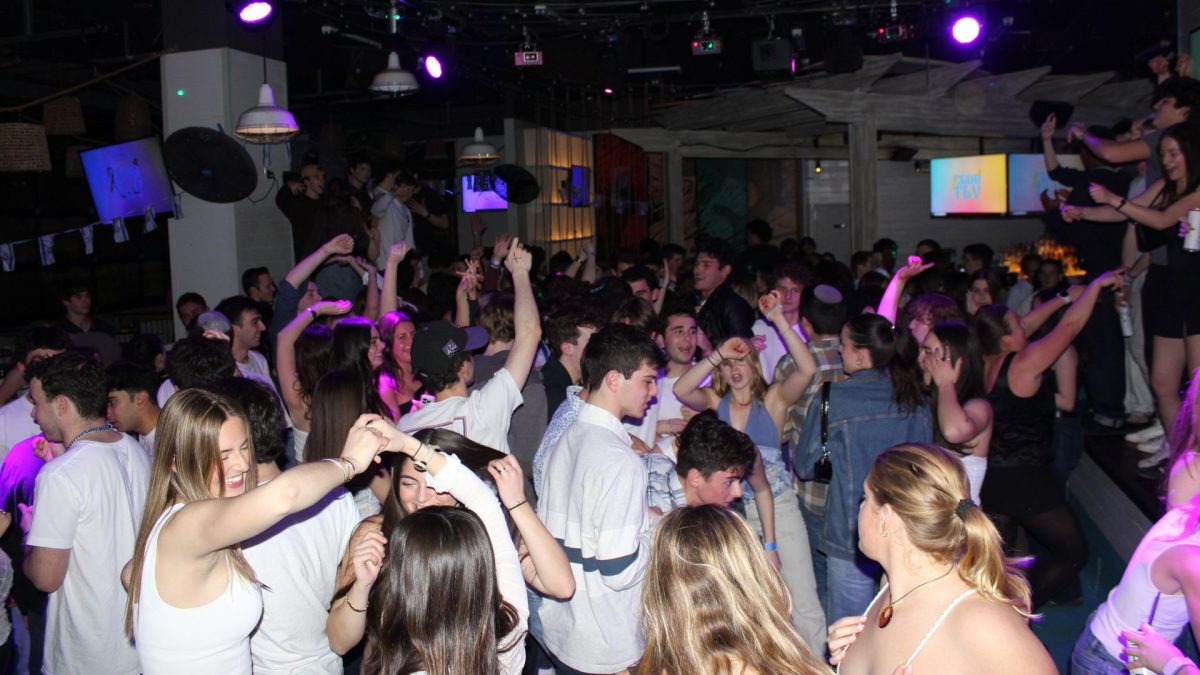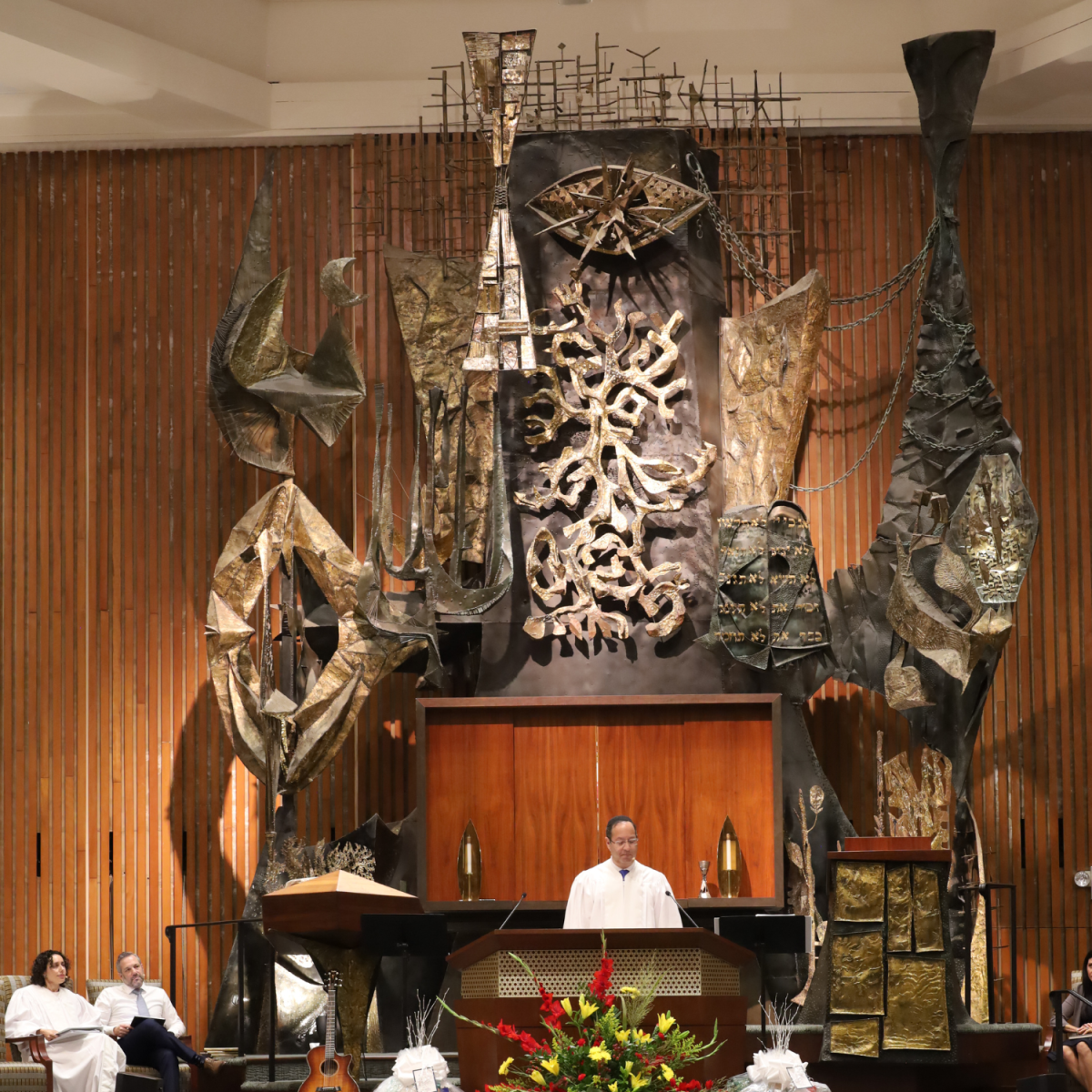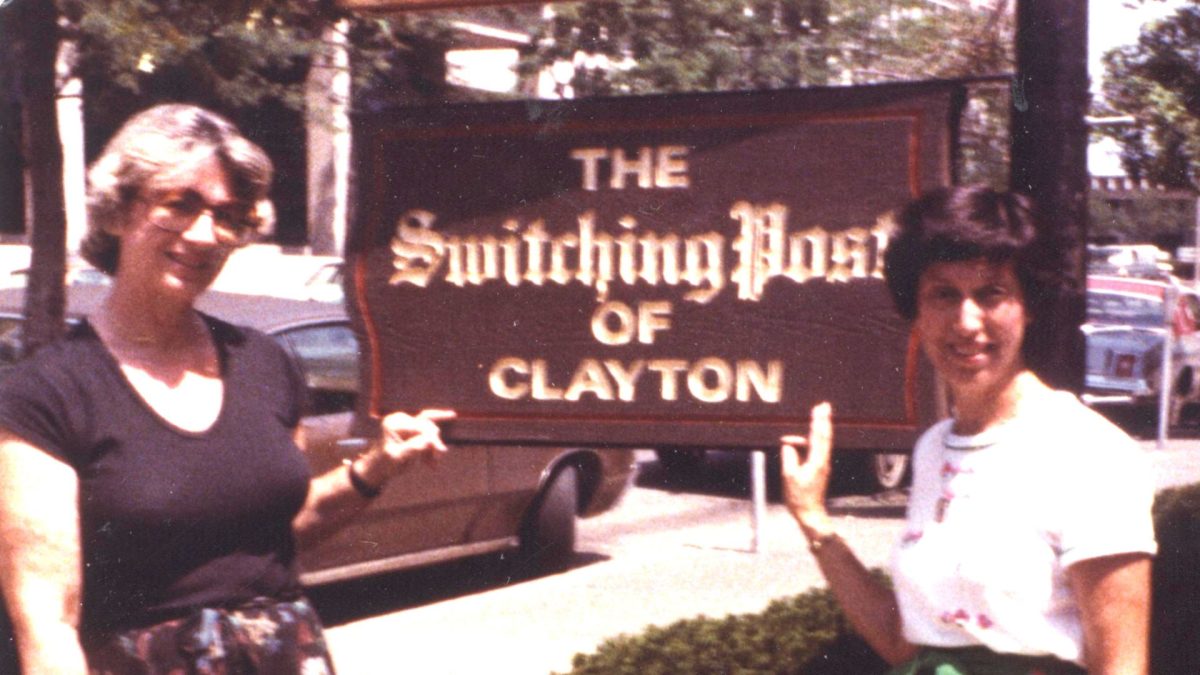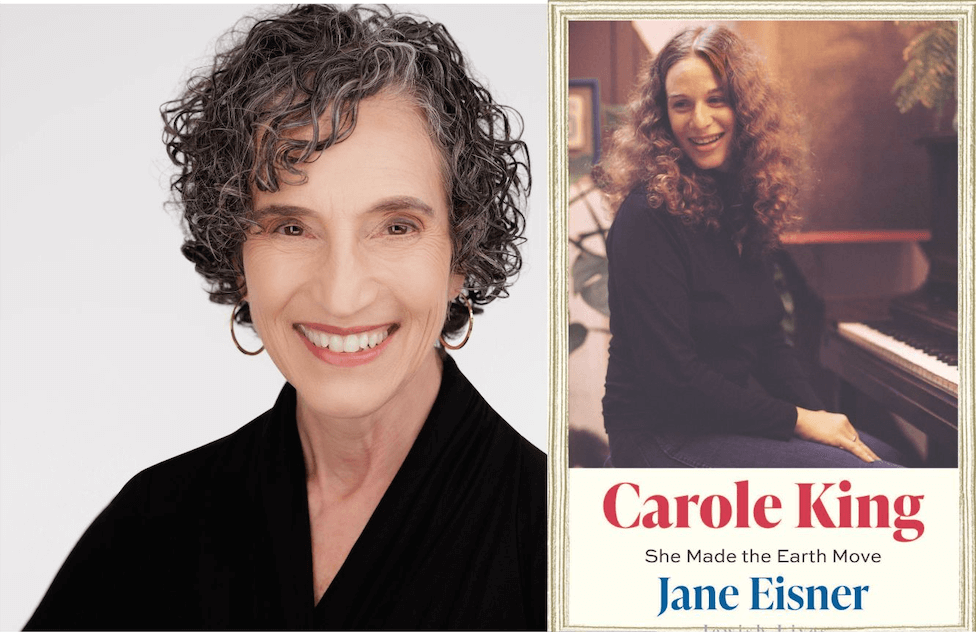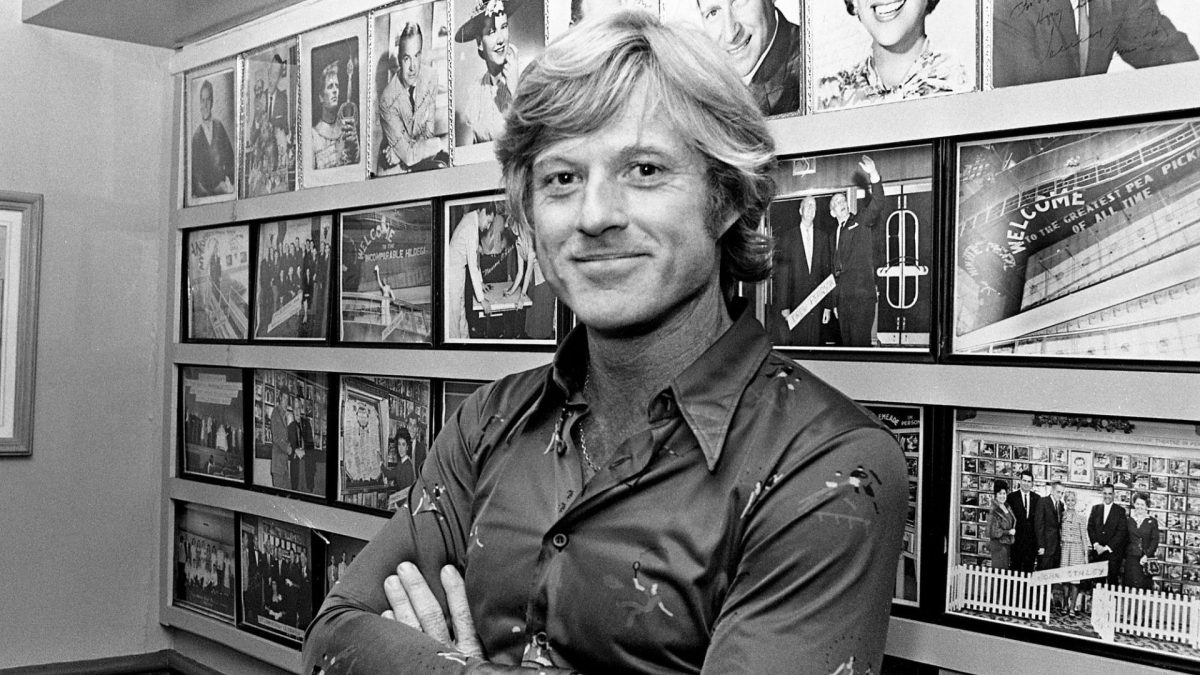As St. Louisans, we walk past history every day, often without a second glance at the stories etched into the facades of our city’s buildings. But the Kemper Art Museum at Washington University is inviting us to stop, look and rethink how our city came to be what it is today.
Their new exhibit, “Design Agendas,” showcases the modern architecture that reshaped St. Louis in the mid-20th century. At the heart of this transformation are two Jewish architects whose work stands out—Eric Mendelsohn and Samuel Abraham Marx. While their names may not be immediately familiar, their buildings, ideas and legacies remain prominent fixtures in St. Louis.
Eric Mendelsohn: A visionary across continents
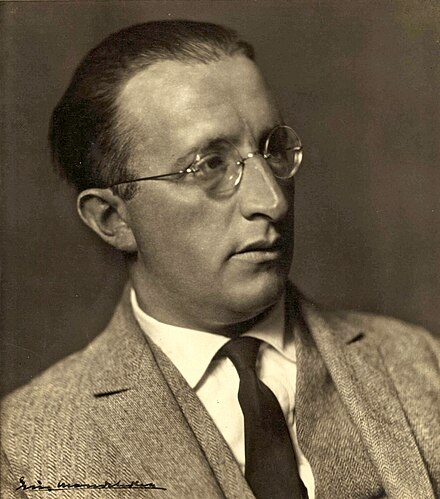
Born in Germany in 1887, Mendelsohn fled to the United States during the rise of Nazi power, bringing with him a modernist vision that would leave a lasting mark on the U.S. Already an established architect in Europe, Mendelsohn quickly began to shape the architectural landscape in places like St. Louis. Perhaps Mendelsohn’s most significant contribution to the city is the design of B’nai Amoona synagogue.
ADVERTISEMENT
Completed in 1950, B’nai Amoona broke away from traditional synagogue architecture with its flowing curves and modernist forms. According to a 1963 article in the Jewish Light, “B’nai Amoona is considered one of the finest examples of mid-century religious architecture. It wasn’t just about creating a building—it was about capturing the post-war optimism and growth of St. Louis’ Jewish community.”
Eric P. Mumford, co-curator of the “Design Agendas” exhibit, notes, “Mendelsohn’s modernist architecture not only introduced new forms but challenged the ways religious and community spaces were designed in mid-century America.”
His designs didn’t just represent new architectural trends; they reflected a broader shift in how communities like St. Louis were adapting to post-war realities.
ADVERTISEMENT
“His work was a reflection of the growth and optimism in the Jewish community during the post-war period,” said Mumford. “Mendelsohn’s work on B’nai Amoona stands as a testament to his belief in architecture as a vehicle for social change.”
Samuel Abraham Marx: The minimalist master
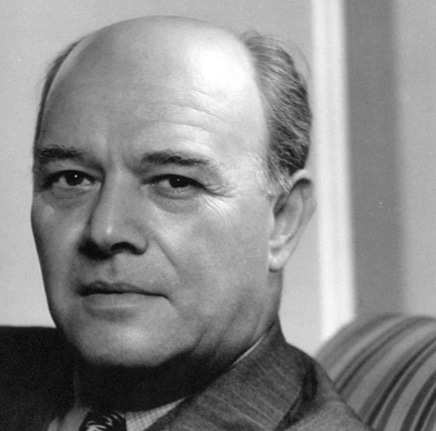
While Mendelsohn’s name may be familiar to some, Samuel Abraham Marx is perhaps lesser known but no less influential. Born in Mississippi in 1885, Marx was a multi-talented architect, designer and interior decorator. He built a career that bridged architecture and furniture design, merging the two disciplines seamlessly. Marx’s minimalist style, which favored clean lines and functional beauty, left an indelible mark on St. Louis’ residential architecture.
One of his notable contributions to St. Louis was the design of Morton D. May’s residence. Although the house no longer stands, it exemplified Marx’s minimalist approach. As noted in his biography “UltraModern” by Liz O’Brien, “With Marx, it’s hard to say where the architecture ends and the furniture begins. Marx’s stripped-down designs reflected a functional beauty, where the line between living space and art was often blurred.”
Even though many of his buildings no longer exist, Marx’s influence can still be felt in modern residential design.
“His work on the Morton D. May House, for instance, reflected St. Louis’ affluent art-collecting community, which sought to harmonize modern design with art-filled living spaces,” said Mumford.
The legacy of Jewish architects in St. Louis today
The “Design Agendas” exhibit not only celebrates the work of Mendelsohn and Marx but places their achievements within the broader story of St. Louis. Both architects arrived at pivotal moments, contributing to the modernism that redefined the city’s skyline and Jewish community. Mendelsohn revitalized religious architecture, while Marx pushed the boundaries of residential design, blending art with function in ways that still resonate today.
Whether you attend ‘Design Agendas’ or not, the legacy of Jewish architects Eric Mendelsohn and Samuel Abraham Marx remains strong in St. Louis. Their work shaped both the buildings and the cultural identity of the city, showing how architecture can reflect and influence a community.
Event: Design Agendas: Modern Architecture in St. Louis, 1930s–1970s
Dates: Thru January 6, 2025
Location: Mildred Lane Kemper Art Museum, 1 Brookings Drive, St. Louis, MO 63130
Museum Hours: Monday, Wednesday–Sunday: 11:00 AM – 5:00 PM
Admission: Free
More Info & Contact:
- Website: kemperartmuseum.wustl.edu
- Phone: 314-935-4523
Event: Design Agendas Public Symposium
Dates: October 25–26, 2024
- Keynote Address: October 25, 5:30 PM
- Panel Discussions: October 26, 9:00 AM – 5:00 PM
Location: Mildred Lane Kemper Art Museum, 1 Brookings Drive, St. Louis, MO 63130
RSVP Required
Event Overview:
In conjunction with the Design Agendas exhibit, join leading architects, urban planners, and local officials for a two-day symposium exploring the future of urban design and its impact on social justice in St. Louis. The symposium will feature keynote speaker Toni L. Griffin, a professor at Harvard GSD and founder of urbanAC, followed by panel discussions on civic architecture, urban planning, and participatory design. Don’t miss this opportunity to engage with experts and contribute to a dialogue about the city’s design future.
Registration & More Info:
- Website: kemperartmuseum.wustl.edu
- RSVP: Symposium Registration




